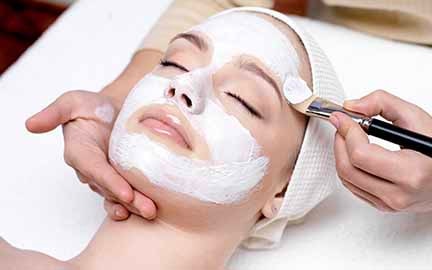Using natural skin care remedies can be a great way to nourish and protect your skin without exposing it to harsh chemicals. Whether you are looking to reduce wrinkles, hydrate dry skin, or simply maintain a healthy glow, there are plenty of natural remedies that can help. In this article, we will outline some easy
When it comes to protecting your skin, there are a variety of natural ingredients that can help. These ingredients have been used for centuries in traditional medicine and skincare, and they are known for their ability to nourish, heal, and protect the skin. In this article, we will take a look at some of the

